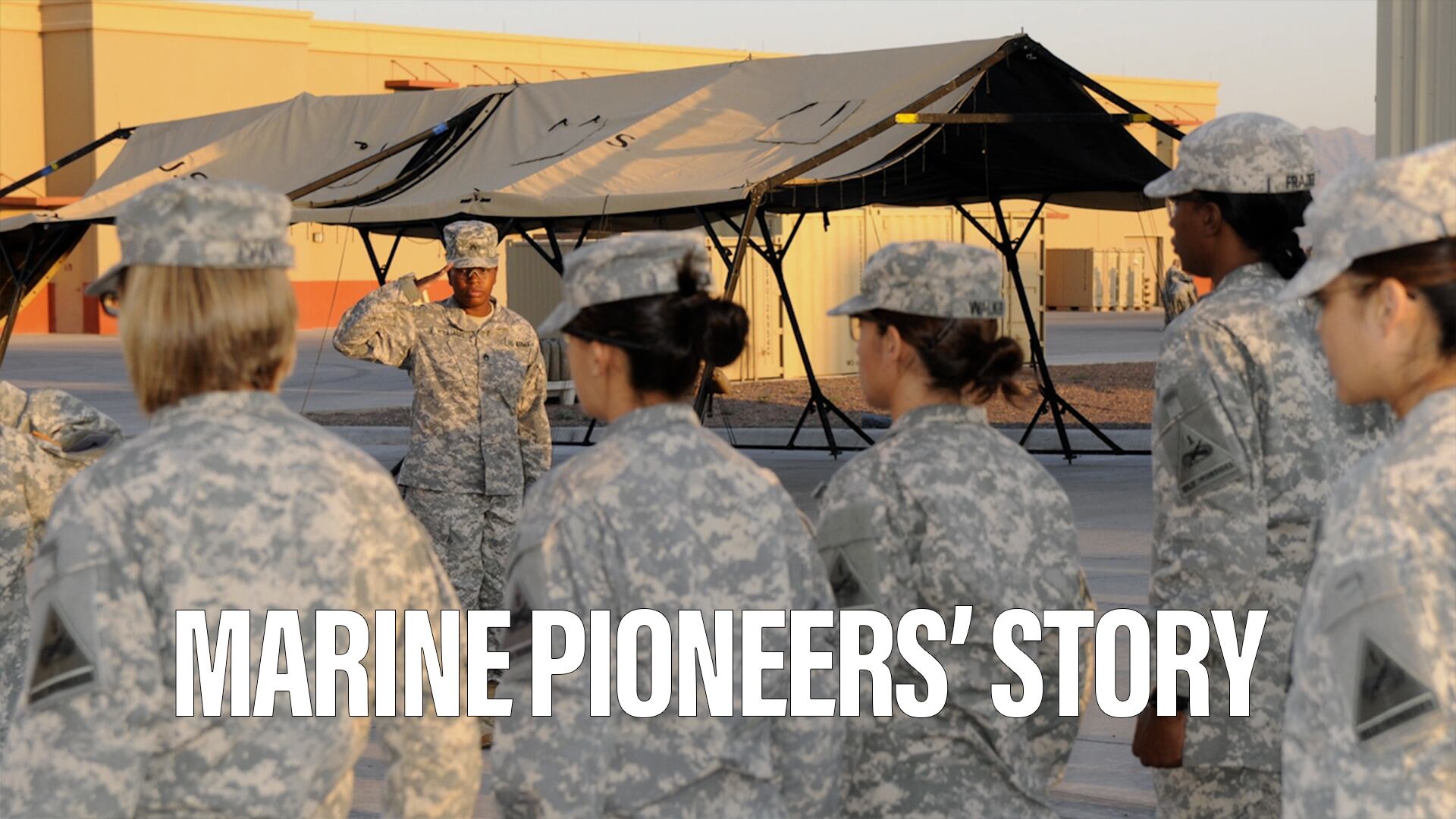TOKYO — New guidelines governing the Japan-US defense alliance will allow the two militaries to "cooperate seamlessly," American Defense Secretary Ashton Carter said Wednesday in Tokyo following a meeting with his Japanese counterpart.
On the second day of a three-day visit to Japan, Carter met Gen Nakatani to thrash out rules on how their armed forces can work together in the coming years.
The move comes as Japanese Prime Minister Shinzo Abe is pushing for a higher profile regional role for Japan at a time of growing disquiet in Asia over the rise of a newly assertive China, a push that is welcomed by Washington.
The fresh guidance will "detail how our governments will continue to work together around the world and in new domains, such as space and cyberspace, to ensure Japan's peace and security," Carter told a joint press conference with Nakatani.
A new code will be finalized in Washington at the end of April, when Abe visits the US, accompanied by Nakatani and Foreign Minister Fumio Kishida.
The rules, which were last revised in 1997, will take into account a reinterpretation of Japan's constitution by the Abe government last year, which allows for so-called "collective defense."
This change "has informed" the new framework, a senior US official traveling with Carter said.
Under the new interpretation, Japan's military will be permitted — in certain circumstances — to come to the aid of an ally under attack.
Previously, Japanese governments have held that soldiers, sailors and airmen can only fight back if directly attacked, or in defense of Japanese nationals or property.
Commitment to Pacifism
Abe has faced considerable domestic opposition to his bid to weaken Japan's constitutional commitment to pacifism, a stricture imposed by the US after World War II but since enthusiastically embraced by the Japanese public.
He gave up an original plan to amend articles restricting the country's well-armed and well-trained military to a narrowly defined defensive role, and settled for reinterpreting the rules instead.
The United States has around 47,000 service personnel stationed in Japan, a legacy of the US occupation of its former adversary at the end of WWII.
Their presence — a significant contributing factor in Japan's ability to effectively outsource its defense over the last seven decades — is welcomed by most Japanese, but is contentious in the southern island chain of Okinawa, home to more than half the US contingent.
Islanders complaining of an unequal burden have focused their anger on the long-planned move of the Futenma Air Base from a crowded urban area to the rural coastal spot of Henoko.
The move has been bogged down for years but the issue has become inflamed in recent weeks as building work on the coast has begun, despite vehement opposition from the local government in Okinawa.
But Nakatani held Tokyo's line on Wednesday, saying the move to Henoko "is the only solution to avoid continuous usage of the Futenma base."
Carter said the US government is "grateful" for Japan's efforts. "We're trying to do our own part" such as the return of lands previously occupied by a US base and a plan to transfer several thousand Marines to Guam, he added.
"We want to be cognizant of any negative consequences of our operations on local communities," he said.








